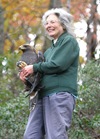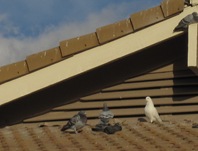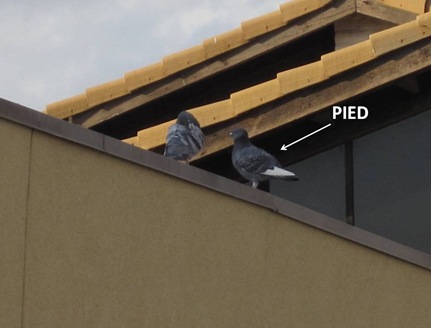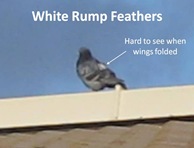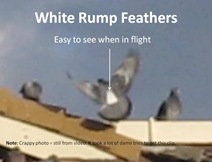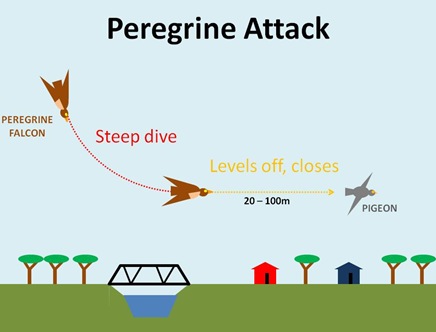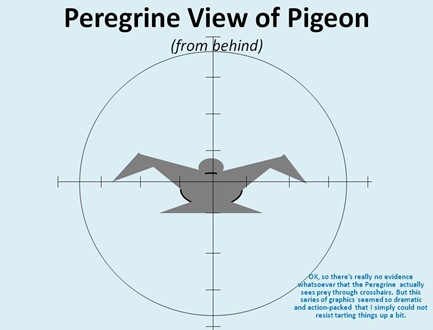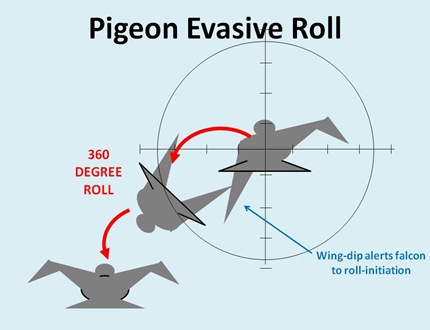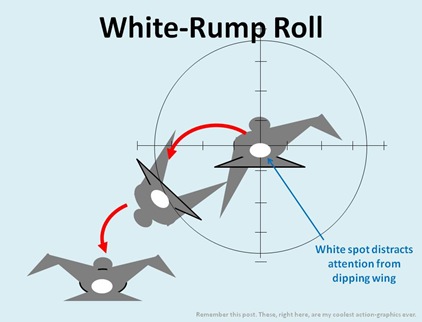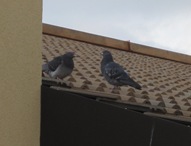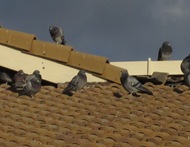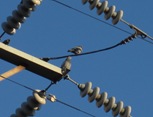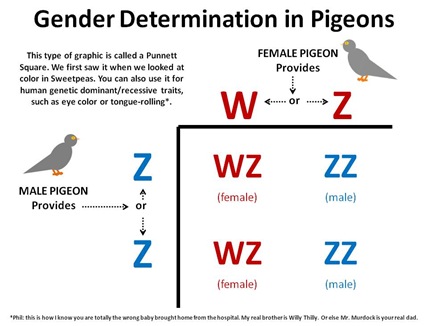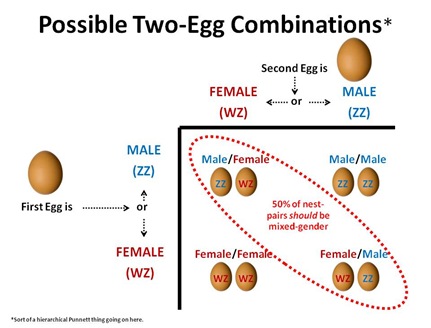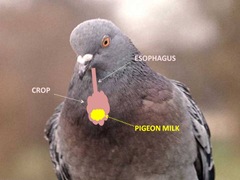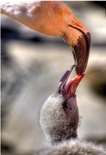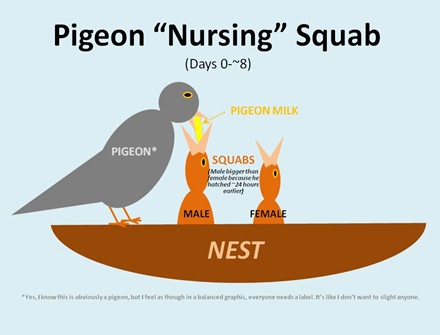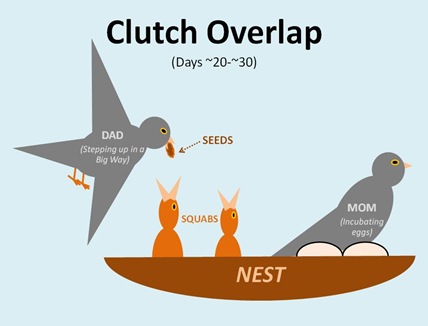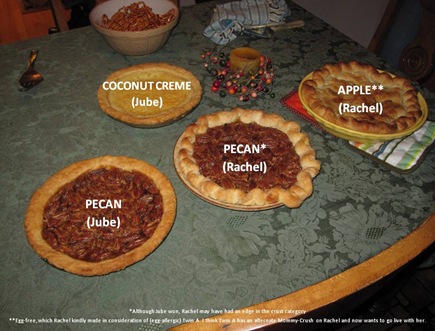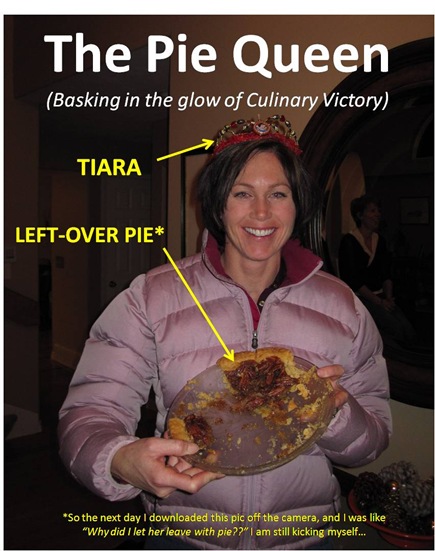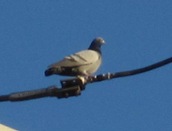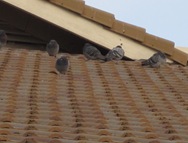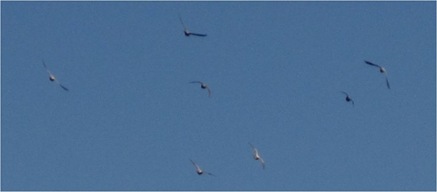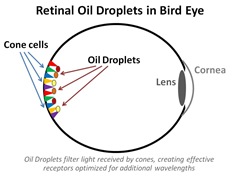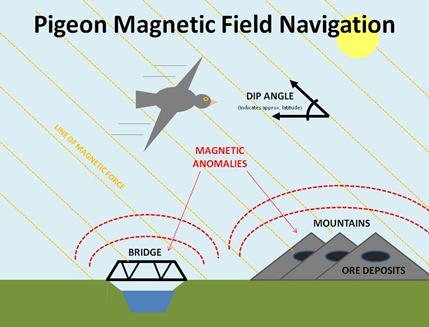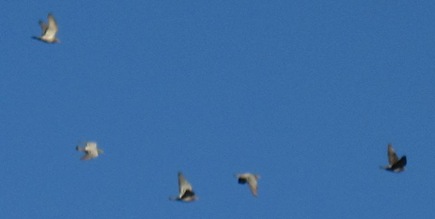When I got the helmet-cam I didn’t really didn’t think much about how I’d use it. Oh, I expected I’d email videos to friends and post some on the blog, but what I didn’t anticipate is how much I’d enjoy watching the videos. That sounds dumb. After all I was on the ride- why do I need a video of it? But when I’m away for work in some hotel room or stuck on a long flight (like right now) and feeling penned-up, it’s remarkable how weirdly liberating/ escapist it is to “re-live” the ride.
Tangent: This one is long and bizarre, but culminates in a great half-baked conspiracy theory, so stick with it.
I guess this flight isn’t all that bad, as I’m sitting in first class. I fly often enough that I get upgraded on domestic flights about half the time. I’ve always found the whole coach/first class thing to be kind of weird. When you think about it, we live our whole lives in a world carved up by socio-economic divisions. Yes of course there’s the whole first world-third world thing, but I’m talking on a smaller scale. Every metro area has class divisions in it’s neighborhoods/suburbs, and these divisions are evident in homes, roads, shopping mall anchor-stores, signage (billboards), even the type and condition of playground equipment in public parks. And within neighborhoods, there’s another mini-class-tiering at play in the schools which the neighborhood children attend.
Extra Detail: In my East Side* neighborhood, there are probably 4 distinct schooling classes. 1st is Rowland Hall-St. Mark’s (Episcopal private school- way snooty.) 2nd is other private schools, such as McGillis (affiliated with Jewish Community Center.) Third is kids who go to out-of-zone public schools. We’re in this category- our kids, and several others in the neighborhood attend an out-of-zone public school to which we applied due to its strong academic reputation. Catholic schools probably also fit in this class. Fourth would be the school we are actually zoned for.
*BTW, have you noticed that in inland US cities situated alongside mountain ranges, the higher-end neighborhoods are always on the mountain-side of downtown? Salt Lake, Denver and Albuquerque are 3 big examples, but the rule holds for smaller cities as well, such as Ogden, Provo, Boulder and Fort Collins.
The funny thing is, all of these schools are actually quite good. Oh sure, there are differences in class size and such, but I’m pretty sure a reasonably bright kid from a decent home would thrive in any of them.
Extra Extra Detail: There’s a another dynamic in our neighborhood school class divisions, one that is at play in neighborhoods all along the Wasatch Front, which someday, in another post, I may blog about more fully, and that is the church issue. In Utah, non-Mormons routinely make public-private school decisions in large part due to the perception- rightly or wrongly- that the public schools are the Mormon schools, in which their children may experience, in some way, a minority status, or be somehow left out socially. I’ve never noticed this in other states, but in Utah it’s a fairly standard school-choice consideration among non-Mormons.
Though I generally scoff at such small-mindedness, I have to admit that among the reasons we selected the (public) school we did for the Trifecta was the “diversity” of the student body. And in Utah, much of the time, “diverse” is a thinly-veiled code-word for “not Mormon.”
And then you get on an airplane, for just a few hours, and there it is again: the wide comfortable seats of first class in front, and the cramped human-cargo aka “coach” class stuffed in back. As a frequent flier I’m of course glad for the space, but the closet-socialist in me is perpetually offended. Why can’t- instead of a few really great seats and a whole bunch of really crappy seats- why can’t we all have decent seats. Would that be so bad? Yeah, yeah, free markets, supply and demand, invisible hand of my economics professor, blah, blah- I get it already. But really, it’s just a few hours- it’s not like we’ll all turn into Marxists or Canadians or something. Couldn’t we all just have OK/tolerable (non-reclining) seats and be happy with it?
Of course, as any frequent flier knows, first class isn’t what it used to be. There’s no real meal* on any flight under 4 or 5 hours, no more ice cream sundaes, and the warm, moist pre-dinner cloth seems to have disappeared over the last year or so**.
 *Now, on any flight under 4 hours, they just serve the same crappy snacks- peanuts, pretzels and “biscott (WTF?) cookies”- as they do back in coach, but in first class they serve them in a special wicker basket. Seriously, the flight attendant will come up and present this basket full of crap with this theatrical flourish, as if she’s offering you beluga caviar or something.
*Now, on any flight under 4 hours, they just serve the same crappy snacks- peanuts, pretzels and “biscott (WTF?) cookies”- as they do back in coach, but in first class they serve them in a special wicker basket. Seriously, the flight attendant will come up and present this basket full of crap with this theatrical flourish, as if she’s offering you beluga caviar or something.
**Which was fine by me. I never really knew what to do with the towel anyway. The presentation of it would always guilt me into a sort of Potemkin-“washing” of my hands, something I never do when seated at a normal restaurant. Some guys would wipe their faces with a big relaxing sigh, as if they’d just stepped into the shower and which I always found a bit weird. (You’re in public, what are you- washing your face? Hey, don’t let me stop you- get behind the ears!)
Nowadays, the only redeeming features of first class are wide seats, and friendly flight attendants.  Seriously, up here the flight attendants are all smiley, helpful and re-affirming. But walk past the coach-curtain*, and it’s like Dr. Jekyll – Mr. Hyde; they get all snarly and reprimand-y.
Seriously, up here the flight attendants are all smiley, helpful and re-affirming. But walk past the coach-curtain*, and it’s like Dr. Jekyll – Mr. Hyde; they get all snarly and reprimand-y.
*Oh yeah, that curtain. Don’t you love that? It’s like we high-class people don’t even want you little people looking at us…
Nested Tangent: Is it just me, or are flight attendants getting older? When I started flying, ~20 years ago, flight attendants were all like 25. On tonight’s flight the lady pouring me coffee looks like she fought in the Spanish-American War.
It’s almost as though the only really worthwhile thing about first class left is that it’s not coach. And this leads to my brilliant half-baked conspiracy theory, which is that several years back the airlines decided to give up on trying to make first class better, they could just make it seem better far more easily and cost-effectively simply by making coach suck more.
Woo. That was long- almost forgot I had a post. Anyway, here’s a clip from early last Friday morning, just before a small storm blew in.
The Video Already
 Couple of notes, mostly for non-local readers. This is the lower part of the descent from the antenna towers North of downtown Salt Lake. At 0:13 I pass a real nice magpie nest in the scrub oak on the right. At 1:06 you see my front tire pop into view as I wheelie over the curb and onto the singletrack, which immediately turns to the right/North, at which point you can see the refineries of North Salt Lake in the upper left of the screen. After the switchback I’m generally heading South. At about 2:00, downtown comes into view; the state capitol is on the left, the tall white building in the center is the LDS church HQ. The snow-covered mountains appearing to the left of downtown are the Wasatch range; the peak at the apparent right end of the range, just to the left of the capitol, is 11,253 ft. Lone Peak.
Couple of notes, mostly for non-local readers. This is the lower part of the descent from the antenna towers North of downtown Salt Lake. At 0:13 I pass a real nice magpie nest in the scrub oak on the right. At 1:06 you see my front tire pop into view as I wheelie over the curb and onto the singletrack, which immediately turns to the right/North, at which point you can see the refineries of North Salt Lake in the upper left of the screen. After the switchback I’m generally heading South. At about 2:00, downtown comes into view; the state capitol is on the left, the tall white building in the center is the LDS church HQ. The snow-covered mountains appearing to the left of downtown are the Wasatch range; the peak at the apparent right end of the range, just to the left of the capitol, is 11,253 ft. Lone Peak.
At 2:15 a chukar flies across the trail. We’ll come back to this guy in a moment.
Most of the homes along this stretch BTW, didn’t exist when I moved here in ‘95. It’s sort of bizarre in that they’re pretty pricey houses, but basically look down on refineries, rail-yards and a freeway, and experience a fair amount of noise as a result. Sunsets are nice though.
At 3:19, downtown returns to view, now much closer, and to the immediate right of the church HQ tower you can see the LDS temple, a lower-height white building with several spires, silhouetted against the darker mid-level office building behind.
So, back to the chukar. They’re not unusual around here; I always seem to see them when up around Antelope Island. But it turns out there’s something kind of interesting about them here in Utah, and the Intermountain West in general.
 Chukars, Alectoris chukar, (pic right, not mine) are native to Eurasia, but have been deliberately introduced to the Western US as game-birds, multiple times, starting in the 1890’s. They’re partridges, which belong to the pheasant family, Phasiandae. As a rule, partridges are medium-sized birds, bigger than quail, but smaller than pheasants. Chukars are considered more challenging game than pheasants or quail because they’re faster flyers*.
Chukars, Alectoris chukar, (pic right, not mine) are native to Eurasia, but have been deliberately introduced to the Western US as game-birds, multiple times, starting in the 1890’s. They’re partridges, which belong to the pheasant family, Phasiandae. As a rule, partridges are medium-sized birds, bigger than quail, but smaller than pheasants. Chukars are considered more challenging game than pheasants or quail because they’re faster flyers*.
*Just to be clear- this isn’t the interesting thing; I’m just laying the groundwork here…
Phasiandae in turn is part of the order Galliformes, or landfowl, which in turn is part of the superorder Galloanserae, or “fowl,” which in turn brings up something I keep meaning to get around to, but haven’t, so I’m just going to do it now.
Here in Utah- or anywhere in North America for that matter- all of the birds you see fall into 2 groups, or superorders. The first, Galloanserae, are all of the pheasants, ducks, geese, swans, chickens, turkeys, grouse, quail, etc. The second superorder, Neoaves, includes every other bird you see- pigeons, crows, finches, hawks- you name it, they’re all descended from a common ancestor. So when you see a duck or a grouse or a chukar, you’re looking at a sort of “other” bird, that hasn’t shared a common ancestor with all those “regular” birds since there were dinosaurs walking around. They’re kind of like the marsupials of the bird-world.
Side Note: Actually, there are significantly more “otherly” birds in the world, more deserving of the marsupial comparison. Neoaves and Galloanserae together form an “infraclass” called Neognathae, which includes all living birds except for ratites (ostriches, emus, rheas, etc.) and tinamous, which belong to a sister infraclass called Paleognathae, and have significantly different anatomical features including jaw, metacarpals and vertebrae. But since here in the US you’re only likely to see paleognaths in a zoo or aviary, a “fowl” is about as “other-ish” a bird as you’re likely to see out and about*.
*No, this isn’t the interesting thing either- I’m getting to it already…
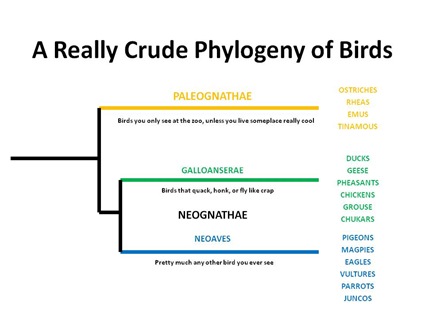 Additionally, paleontologists believe that there were other more distantly-related, or more basal, orders of birds way back when, all of which are today extinct*.
Additionally, paleontologists believe that there were other more distantly-related, or more basal, orders of birds way back when, all of which are today extinct*.
*Nope, still not the interesting thing.
So chukars are pretty common in Utah. Like pigeons, starlings and house sparrows, they’re exotics, but unlike those birds, their North American range is largely restricted to the Intermountain West. Why?*
*OK, this is the interesting part.
 Guess what chukars’ favorite food is? Bromus tectorum, or cheatgrass (pic left) seeds. Those same, annoying little seeds that get stuck in your socks. That's right- chukars thrive on exactly the exotic grass that’s pretty much taken over the Great Basin, starting in the 1880’s. We’ve looked at cheatgrass before; it does so well here* in part because it grows and seeds earlier in the season than native grasses. Though B. tectorum now occurs in all 50 states, the Intermountain West has the the most extensive/ densest “cheatgrasslands.”
Guess what chukars’ favorite food is? Bromus tectorum, or cheatgrass (pic left) seeds. Those same, annoying little seeds that get stuck in your socks. That's right- chukars thrive on exactly the exotic grass that’s pretty much taken over the Great Basin, starting in the 1880’s. We’ve looked at cheatgrass before; it does so well here* in part because it grows and seeds earlier in the season than native grasses. Though B. tectorum now occurs in all 50 states, the Intermountain West has the the most extensive/ densest “cheatgrasslands.”
*Cool factoid: botanists believe that the cheatgrass in the American West today is the result of 7 or 8 separate introductions.
So how fortuitous (for chukars) is that? We settle North America, and subsequently accidently introduce cheatgrass, which pretty much takes over the Great Basin. Then a mere decade or two later we release a bird that loves cheatgrass. From the perspective of the bird, it’s as if someone captured it and then released it in place that’s almost like Heaven (with the obvious exception of all those guys trying to shoot it, I guess.)
I don’t ride the antenna-hills trails all that often, usually only in winter or early spring. It’s mostly South-facing and open, and so melts out faster than most other trails in the foothills. Riding here now is only possible early in the morning, ideally around dawn, while everything is frozen hard. And if you oversleep, and start your ride too late, as I did Sunday morning, well, you might be OK on the way up, but on the way back down… well, that’s a whole other deal, and a whole other post.
Next Up: What is the deal with clay?
![wwwlogo3[5] wwwlogo3[5]](http://lh6.ggpht.com/_6LWjP0sZ22w/S34R50PQMMI/AAAAAAAAHc0/zn7VVqo3Rag/wwwlogo3%5B5%5D_thumb%5B4%5D.jpg?imgmax=800)

